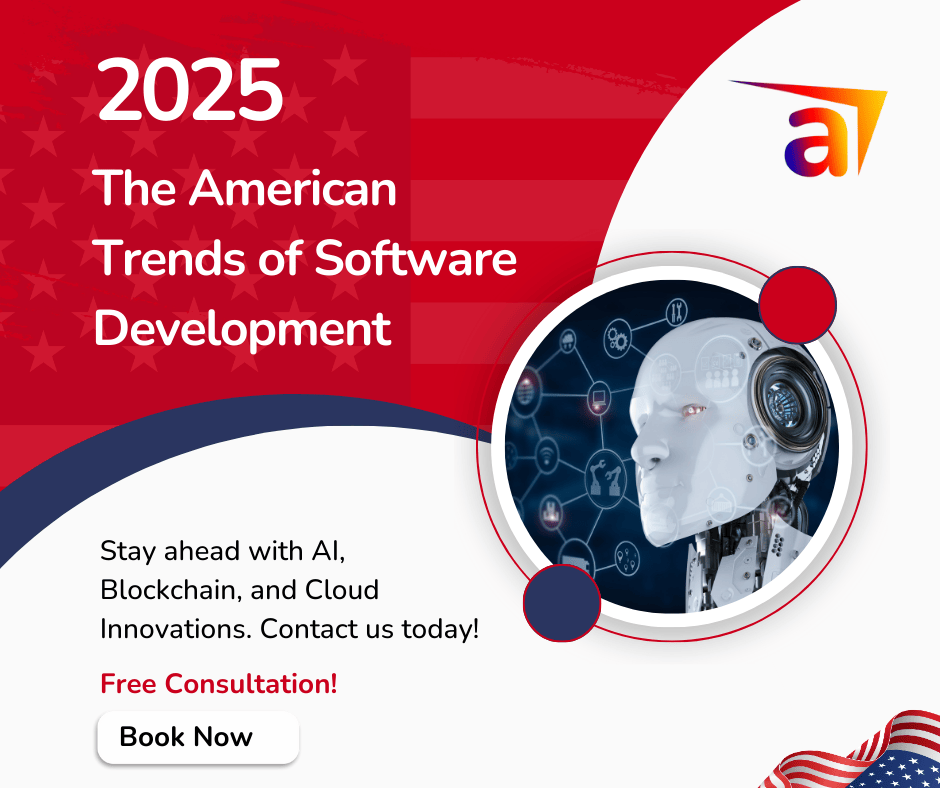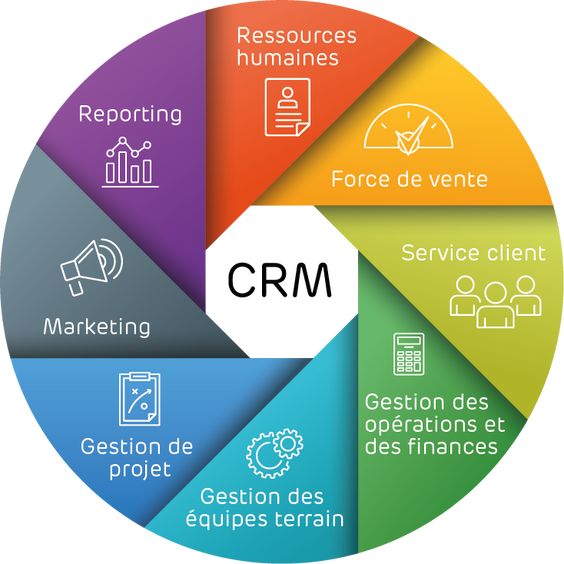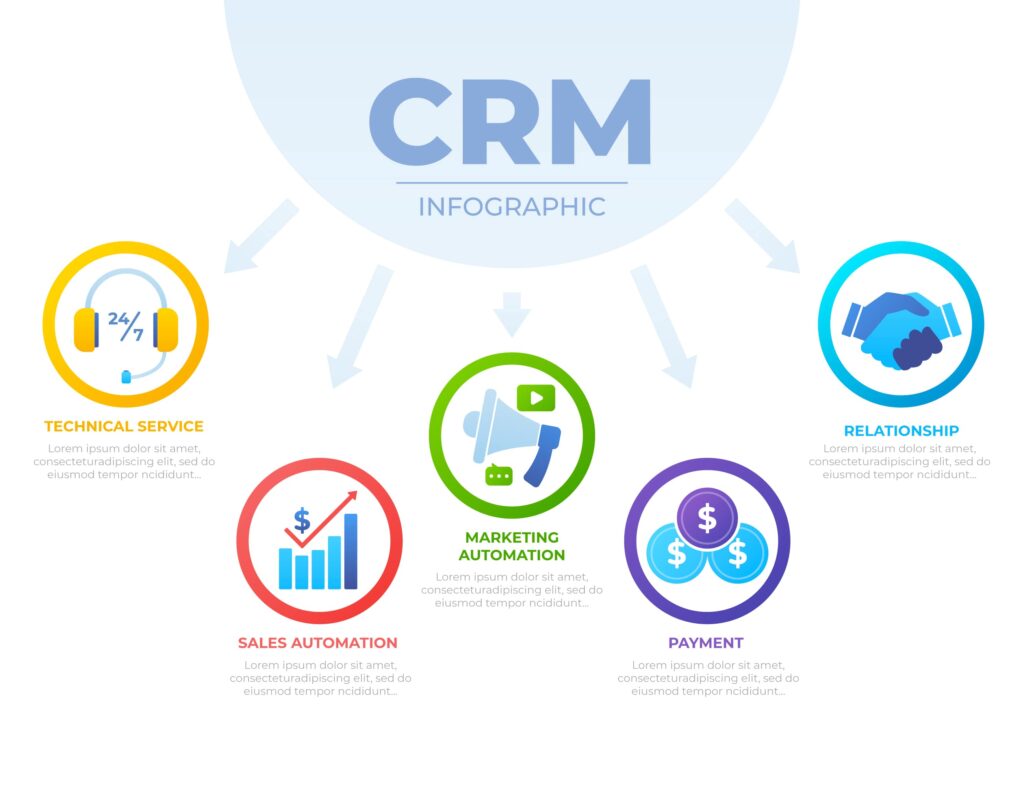The software development industry in the USA and Canada is evolving at an unprecedented pace. With advancements in artificial intelligence, cloud computing, and cybersecurity, businesses must stay ahead of these changes to maintain their competitive edge. This article explores the top software development trends in 2025, providing insights into how companies can leverage these innovations for success.
1. AI-Powered Software Development
Artificial intelligence (AI) is revolutionizing software development, making it more efficient and intelligent. AI-driven tools are now capable of auto-generating code, detecting errors in real-time, and optimizing performance.
Key Trends in AI for Software Development:
- AI-assisted coding tools like GitHub Copilot and OpenAI Codex are enhancing developer productivity.
- Automated software testing reduces bugs and improves application performance.
- AI-powered cybersecurity solutions help prevent data breaches and cyber threats.
Companies leveraging AI in software development will gain a competitive edge by reducing development time and improving software reliability.
2. Low-Code and No-Code Development
Low-code and no-code platforms are transforming the way software is developed, making application creation accessible to non-technical users. These platforms allow businesses to build apps quickly, reducing development costs and improving efficiency.
Why Low-Code/No-Code Matters in 2025:
- Faster development cycles with drag-and-drop interfaces.
- Cost-effective solutions for startups and small businesses.
- Increased demand for business automation tools.
As companies in the USA and Canada seek to accelerate digital transformation, the adoption of low-code and no-code development will rise significantly.
3. Quantum Computing: The Next Frontier
Quantum computing is poised to revolutionize industries that require massive computational power, such as finance, pharmaceuticals, and artificial intelligence.
Impact of Quantum Computing on Software Development:
- Faster data processing for complex calculations.
- Improved machine learning algorithms.
- Enhanced cryptographic security.
Major tech players like Google, IBM, and Microsoft are investing heavily in quantum computing research, making it a critical trend to watch in 2025.
4. Edge Computing and IoT Expansion
The growth of the Internet of Things (IoT) is driving demand for edge computing, which allows data processing closer to the source rather than relying on centralized cloud servers.
How Edge Computing Benefits Businesses:
- Reduced latency for real-time applications.
- Enhanced data security and privacy.
- Cost savings on cloud storage and bandwidth.
In 2025, industries such as healthcare, manufacturing, and smart cities in North America will rely on edge computing to enhance efficiency and security.
5. Blockchain Beyond Cryptocurrencies
Blockchain technology is evolving beyond Bitcoin and other cryptocurrencies. Businesses in the USA and Canada are integrating blockchain into various sectors, from supply chain management to secure transactions.
Blockchain Use Cases in 2025:
- Smart contracts for automated and secure business agreements.
- Decentralized finance (DeFi) for transparent financial transactions.
- Digital identity verification for improved security.
With increased concerns over data security and transparency, blockchain adoption will continue to rise in software development.
6. Cybersecurity-First Development
With cyber threats becoming more sophisticated, businesses must prioritize security from the initial stages of software development.
Cybersecurity Trends in 2025:
- Zero Trust security models to prevent unauthorized access.
- AI-driven threat detection and response.
- Secure coding practices to mitigate vulnerabilities.
Organizations that implement cybersecurity-first development will be better equipped to handle emerging threats and data breaches.
7. Progressive Web Applications (PWAs)
Progressive Web Applications (PWAs) provide the best of both web and mobile applications, offering fast, reliable, and engaging user experiences.
Why Businesses Are Investing in PWAs:
- Faster load times and offline functionality.
- No need for app store downloads.
- Enhanced user engagement and conversion rates.
In 2025, more companies will adopt PWAs to improve their digital presence and customer experience.
8. Cloud-Native Development and Hybrid Cloud Adoption
Cloud computing remains at the core of modern software development. Businesses are increasingly adopting cloud-native applications and hybrid cloud solutions to optimize scalability and cost-efficiency.
Cloud Trends in 2025:
- Serverless computing for cost-effective application deployment.
- Multi-cloud strategies to prevent vendor lock-in.
- AI-powered cloud automation for enhanced efficiency.
As companies seek flexible and scalable solutions, cloud-native development will continue to grow in North America.
9. 5G-Enabled Software Solutions
The widespread rollout of 5G networks in the USA and Canada is enabling new possibilities for software development.
How 5G is Changing Software Development:
- Faster data transfer speeds for real-time applications.
- Improved connectivity for IoT devices.
- Enhanced streaming and AR/VR experiences.
Developers will leverage 5G to build high-performance applications that offer seamless user experiences.
10. Sustainable Software Development
Sustainability is becoming a priority for software companies as they strive to reduce their carbon footprint.
Key Aspects of Green Software Development:
- Energy-efficient coding practices.
- Eco-friendly data centers with lower power consumption.
- Carbon-neutral cloud solutions.
Businesses that embrace sustainable software development will not only reduce their environmental impact but also appeal to eco-conscious consumers.
How Abhastra Technology can help You?
The software development landscape in 2025 will be driven by AI, blockchain, cloud computing, cybersecurity, and sustainability. Companies in the USA and Canada that adapt to these trends will gain a competitive advantage in the digital economy.
To stay ahead of the curve, businesses should invest in cutting-edge technologies and adopt best practices for software development.





